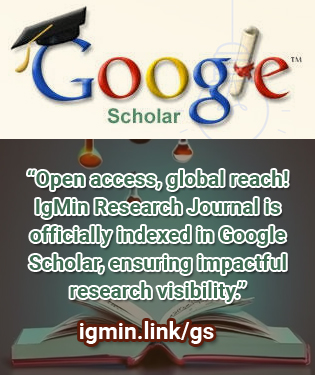要約
Most studies find lower live-delivered pregnancy rates (LDPRs) following in vitro fertilization-embryo transfer (IVF-ET) in women with diminished oocyte reserve (DOR) vs. normal oocyte reserve (NOR) even in a younger population. How much of a discrepancy may depend on the degree of oocyte depletion in the DOR group and the follicular stimulation protocol. Some fertility specialists favor an FSH receptor up-regulation technique as the protocol to attain the maximum LDPRs in women with DOR. The objective of this study was to compare chemical, clinical, and LDPRs following IVF-ET to determine if the main time of embryo loss is very early, as evidenced by the largest discrepancy occurring in attaining even a chemical pregnancy, and/ or a large discrepancy between a chemical pregnancy and attaining a clinical pregnancy (ultrasound evidence of a gestational sac) or later losses as evidenced by showing a greater loss rate from clinical evidence of pregnancy to live delivery in those with DOR compared to NOR. Overall, the DOR group, with a mean serum anti-Mullerian hormone (AMH) level of 0.42 ng/mL, had 50% as much chance to have an LDPR/transfer as women with NOR (AMH of 4.66) despite the same number of day 3 embryos transferred. The main reduction in LDPRs occurred from embryo transfer failing to attain a positive clinical pregnancy in the DOR group. The least discrepancy was from attaining a clinical pregnancy to live delivery. Thus, for NOR from positive pregnancy test 59% of this younger age group will have a live delivery vs. 50% for DOR. Thus, the reduction in LDPRS/transfer in young women with DOR vs. NOR seems mostly very early so the DOR group does not even attain a positive serum beta human chorionic gonadotropin level. This suggests that this inferiority in attaining a live delivery may be related to aneuploidy involving large chromosomes or a marked decrease in the mitochondrial DNA of the embryo.






